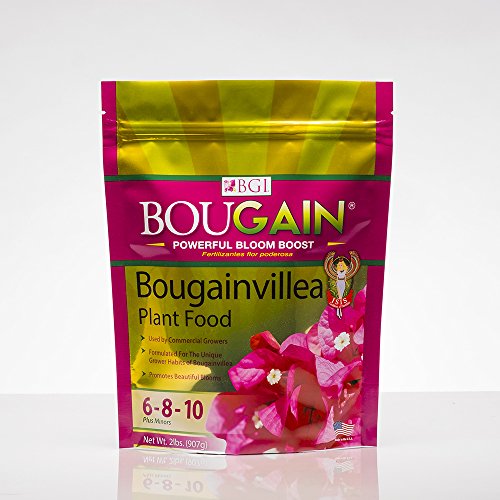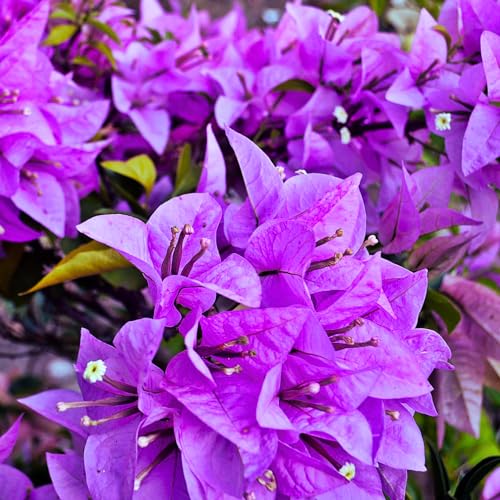How to grow bougainvillea in pots and add bold color to your container displays
Expert advice for growing bougainvillea in pots, to add color to garden walls and fences

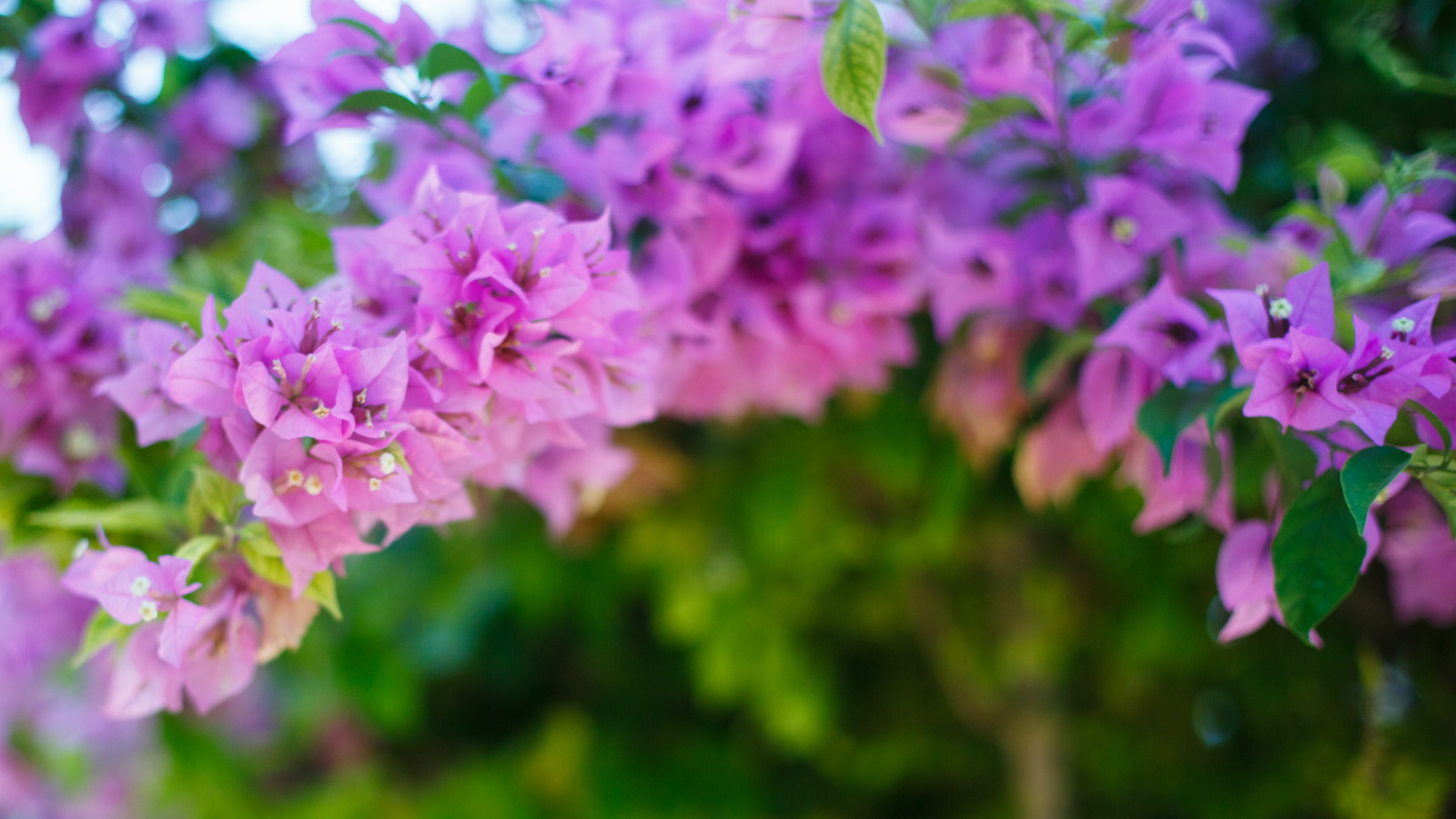
Growing in pots is an ideal way to add impact to outside spaces. Whether you have a small terrace, patio or balcony, growing climbers in pots is a clever solution that can have a transformative effect. Not only are they beautiful, but floral vines can help enclose a yard, providing privacy and screening to make your space a tranquil haven.
Many popular flowering climbers can be grown in pots, including star jasmine and clematis. Bougainvillea is another impressive plant that can also be grown in containers, with tropical-looking blooms opening in bold, rich colors.
While you might know how to grow bougainvillea in the garden border, growing bougainvillea in pots requires a slightly different approach to ensure that your plant thrives to its full potential. Here, one tropical plant expert reveals how best to care for this flowering climber to ensure it blooms all summer long.

How to grow bougainvillea in pots
Bougainvillea plants are native to equatorial regions in South America, typically found growing in US hardiness zone 9 and US hardiness zone 10. Growing bougainvillea in pots, however, is a good solution if you adore this tropical climber but reside in a cooler zone. Container-grown plants can be protected during the winter months, meaning that wherever you live, you can enjoy the colorful blooms of the tropics.
How to care for bougainvillea in pots
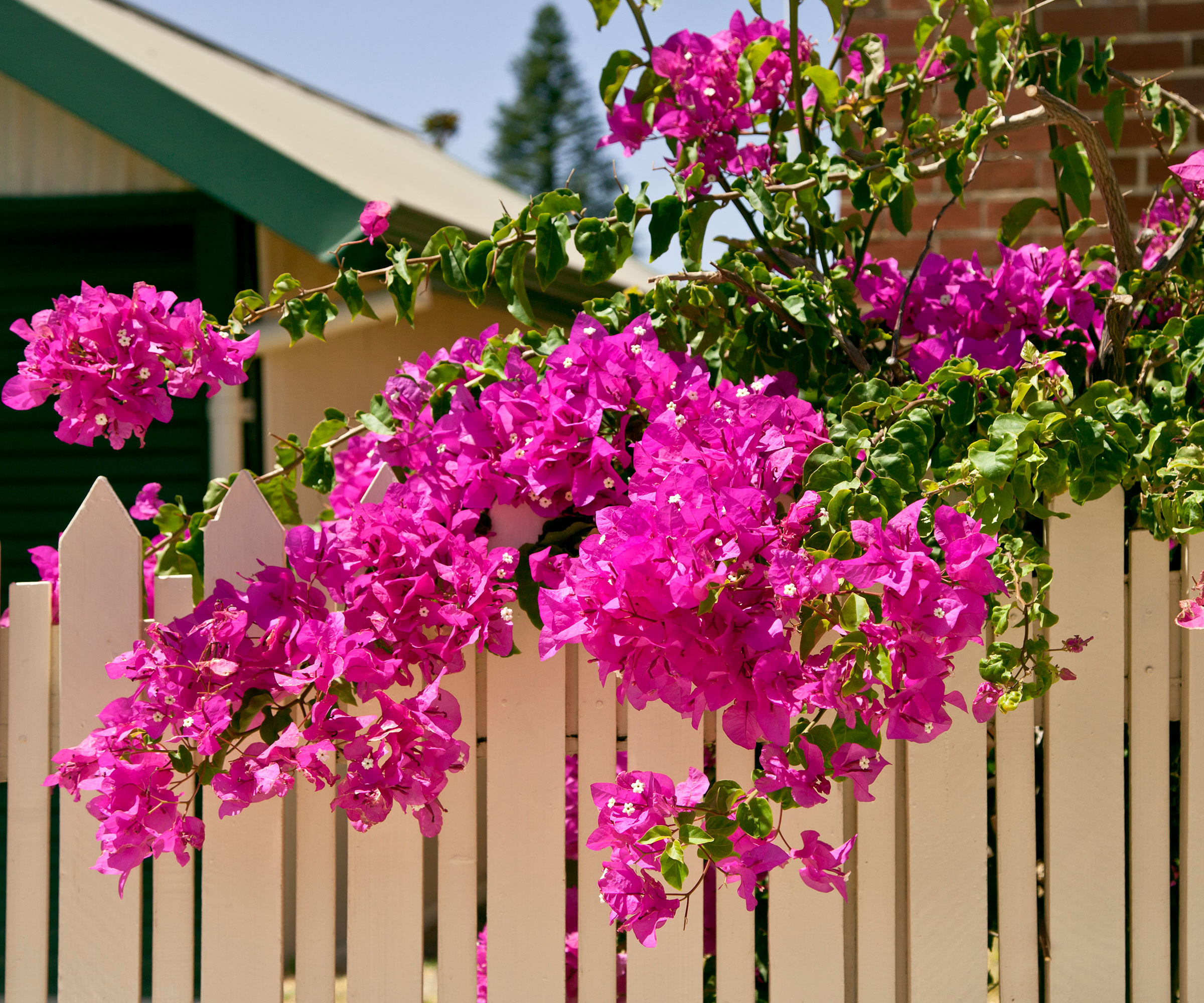
'Bougainvilleas are superb pot plants that will add vibrant color to any yard,' says Tatiana Anderson, plant expert and co-founder of Top Tropicals. 'Select a pot that is 10 to 12 inches in diameter to begin with, and as the plant grows, you can move up to larger pots, but it is important not to over-pot small plants.'
Position your container in a sunny, sheltered spot. The more sun your plant enjoys, the more blooms it will produce. Gardeners who complain that their bougainvillea is not flowering have often positioned their climber in a shady spot, so make sure your new plant gets as much light as possible.
'Use well-draining soil, such as a cactus or succulent mix, available from Walmart. You can also mix regular potting soil with sand or perlite to improve drainage,' Tatiana adds. 'I would recommend repotting your bougainvillea every 2 to 3 years or when the plant becomes too big for its container. Choose a pot only slightly larger than the current one, as bougainvilleas prefer to be somewhat root-bound.
Design expertise in your inbox – from inspiring decorating ideas and beautiful celebrity homes to practical gardening advice and shopping round-ups.
'Through the warmer months, be sure to monitor your bougainvillea as it will require frequent watering when the temperatures rise,' Tatiana says. 'Water thoroughly when the top inch of soil is dry, but ensure that your pot has drainage holes to prevent waterlogging.'
It is also important to fertilize bougainvillea during the growing season which will improve soil health and replenish nutrients in the pot. 'Feed with a balanced, water-soluble fertilizer every 4 to 6 weeks during the growing season,' Tatiana adds, 'but reduce feeding in fall and winter when growth slows.' Bougainvillea fertilizer is available from Walmart.
Finally, when considering how to grow bougainvillea in pots, it is important to train your climber so that it grows where you want it to grow. There are many different climbing plant support ideas to pick from, but whether you opt for a trellis, wires, or a hazel structure, be sure to tie in new shoots and train your plant upwards. Garden twine is available from Walmart.
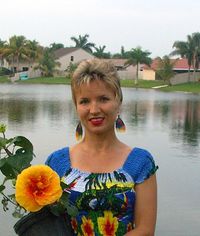
Tatiana Anderson is the co-owner and co-founder of Top Tropicals, based in Fort Myers, Florida. Top Tropicals grow and sell a whole range of flowering and fruiting tropical plants.
Bougainvillea varieties to grow in pots
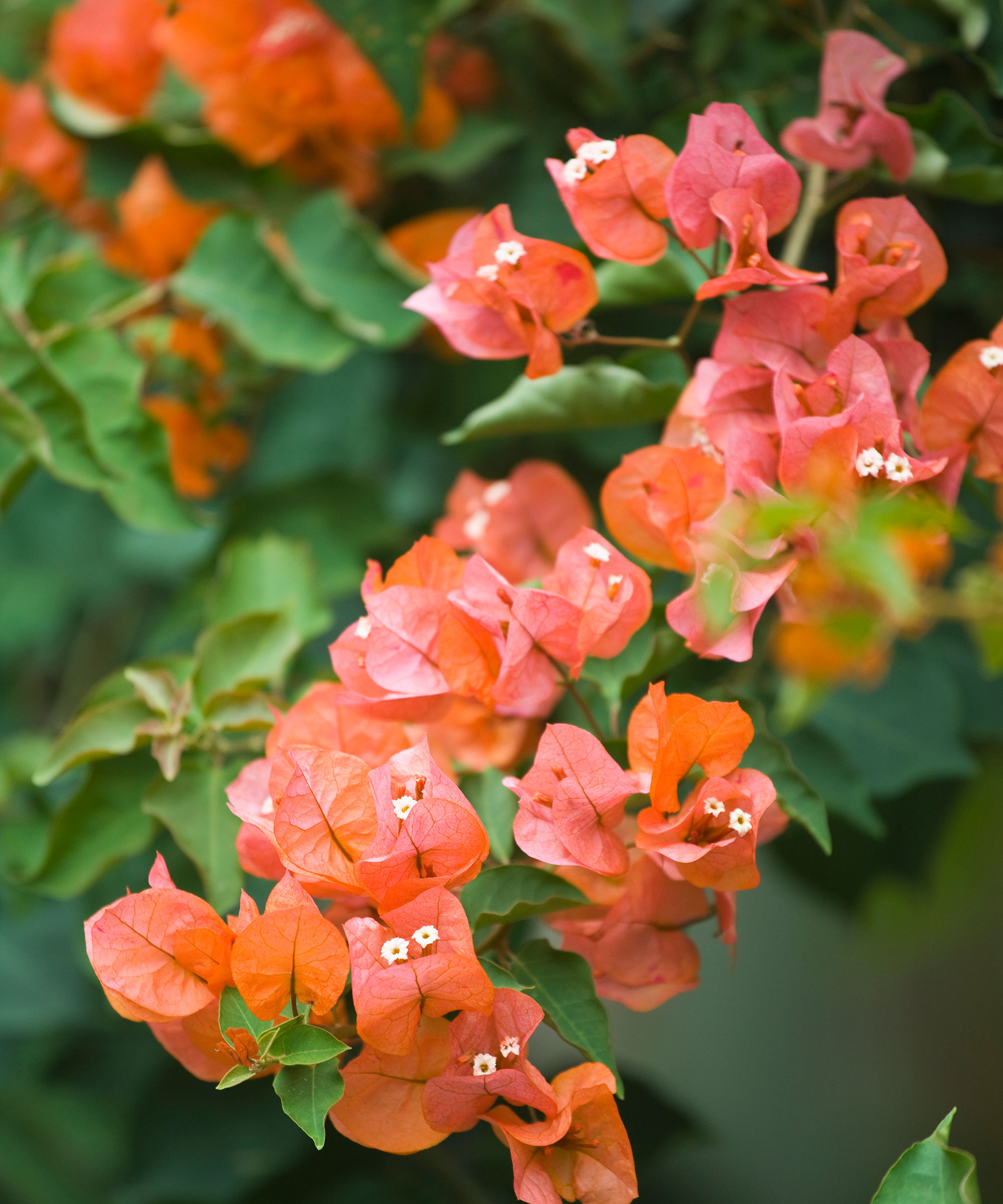
Bougainvillea plants stand out from the crowd. Whether you choose a deep maroon red or a bubblegum pink variety, these climbing plants are sure to cause a stir when grown against a garden wall.
For a pink variety, try growing Bougainvillea 'Raspberry Ice', available to order online from Amazon. With rich magenta blooms and striking variegated foliage, this variety would certainly add impact to a terrace or patio.
If you are seeking something unusual, try a golden-yellow variety, such as Bougainvillea 'California Gold'. Live starter plants are available from Amazon. With yellow blooms that darken with age, this variety is particularly striking when grown against a dark surface.
FAQs
How should I protect bougainvillea plants that are grown in pots during the winter?
In cooler US hardiness zones, such as zones 4 and 5, it is a good idea to protect your plants during the frosty and cold winter months. If you can, move your container to a greenhouse or potting shed from November to April, to protect your plant from the cold weather. If this is not possible, consider using horticultural fleece to cover your plant, which reduces the risk posed by snow and frost.
Learning how to grow bougainvillea in pots is a great way to incorporate floral climbers into smaller spaces. Whether you have a balcony or a small yard, it is possible to add some tropical detail to your planting combinations. See our guide on what to do with bougainvillea in the fall to keep your climbers looking their best.
For more vertical gardening ideas, see our guide on climbing plants to grow up a house.

Thomas is a Content Editor within the Gardens Team at Homes and Gardens. He has worked as a professional gardener for both public spaces and private estates, specializing in productive gardening, growing food and flowers. Trained in Horticulture at the Garden Museum, he has written on gardening and garden history for various publications, including The English Garden, Gardens Illustrated, Hortus, The London Gardener and Bloom. He has co-authored a Lonely Planet travel book, The Tree Atlas, due out in 2024.
